#shreve lamb harmon
Explore tagged Tumblr posts
Text

Empire State Building, New York Shreve, Lamb and Harmon 1930s Lewis Wickes Hine
38 notes
·
View notes
Photo

Art Deco eagle, one of two, carved at the main entrance of Joel W. Solomon Federal Building and United States Courthouse in Chattanooga, Tennessee. The building was designed by Shreve, Lamb and Harmon and Reuben Harrison Hunt, the construction finished in 1933.
#photography#relief#sculpture#art#art deco#eagle#chattanooga#tennessee#usa#richmond harold shreve#william lamb#arthur loomis harmon#reuben harrison hunt
264 notes
·
View notes
Text
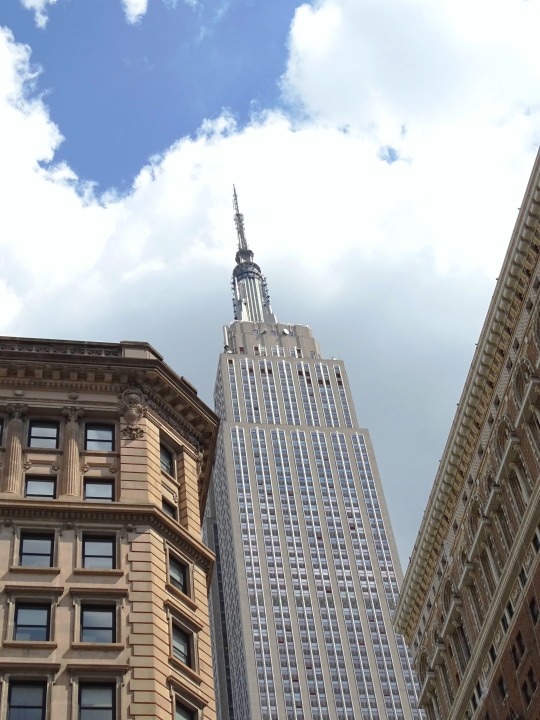
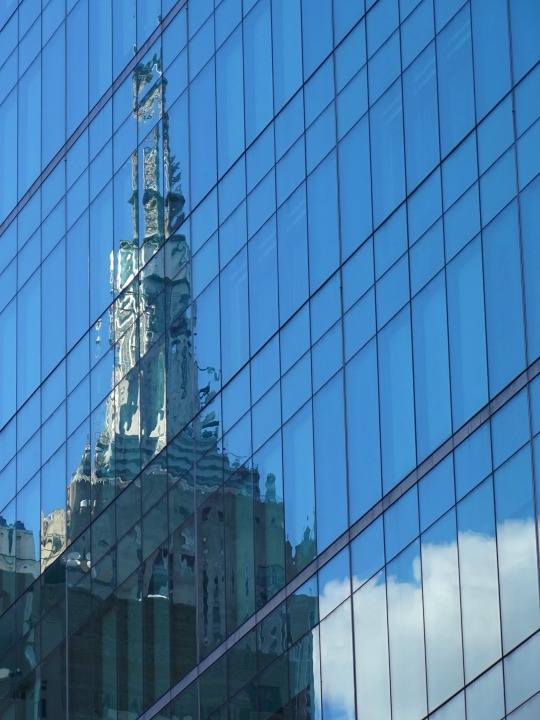


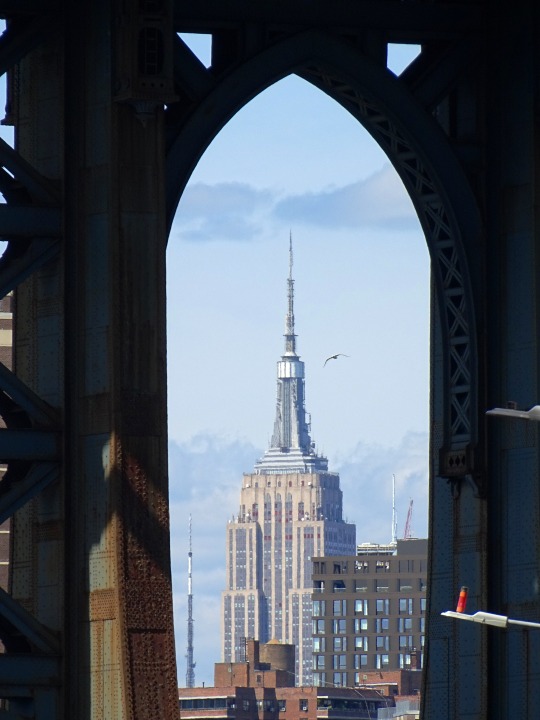
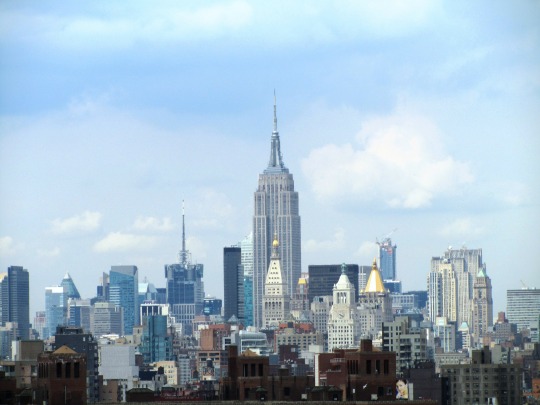
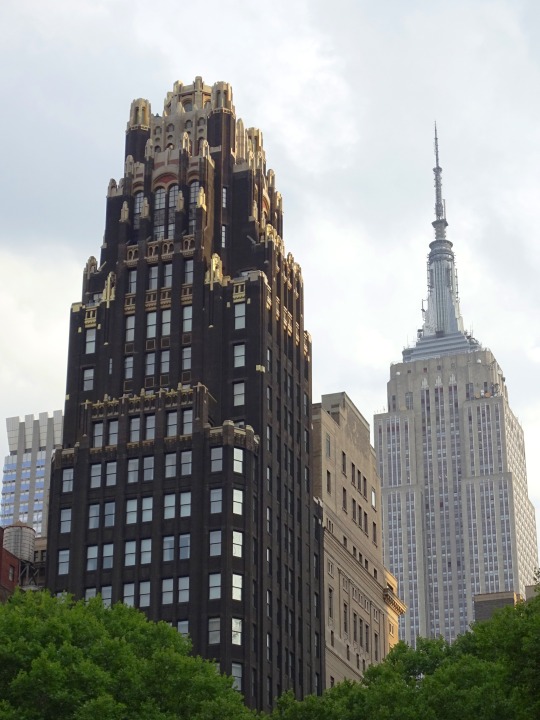





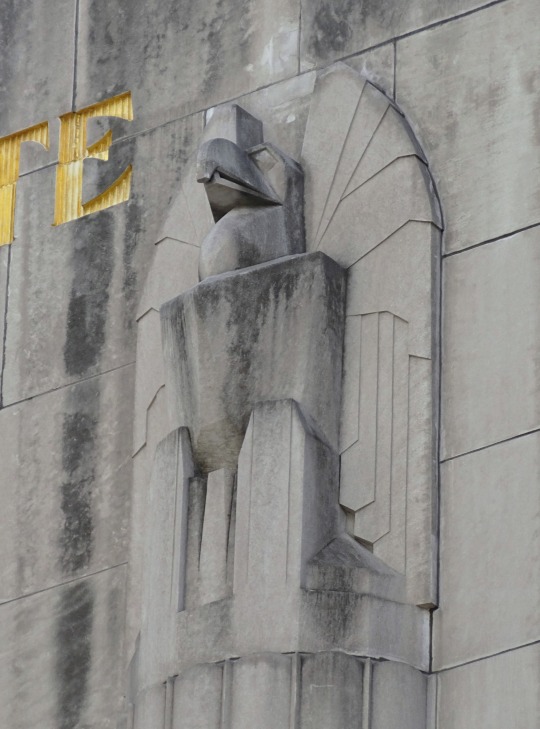


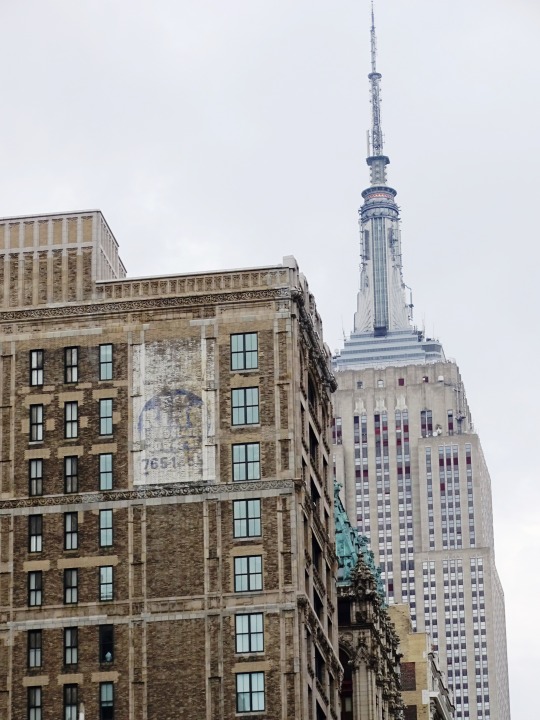


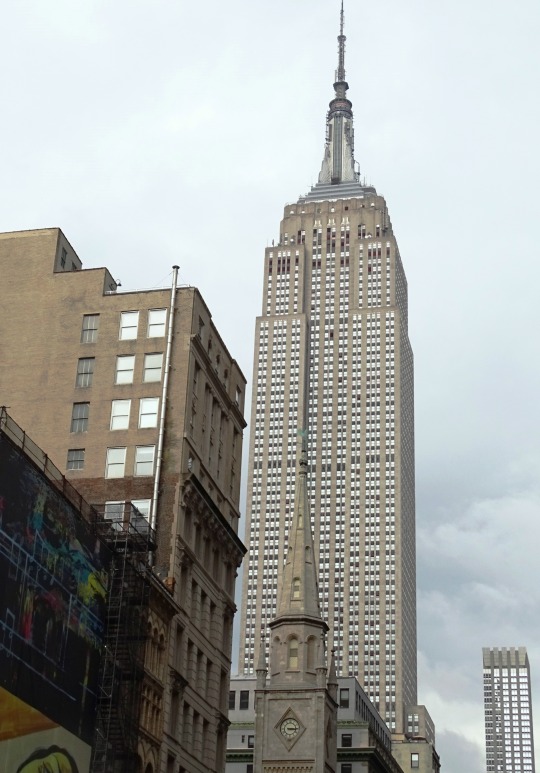
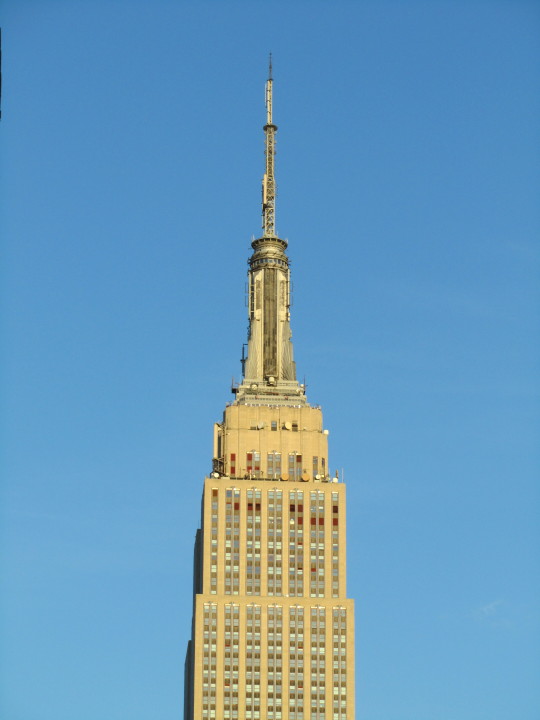
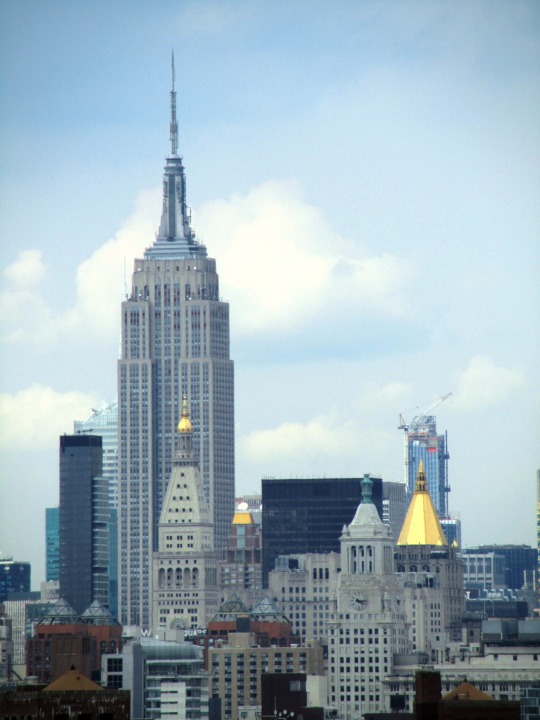


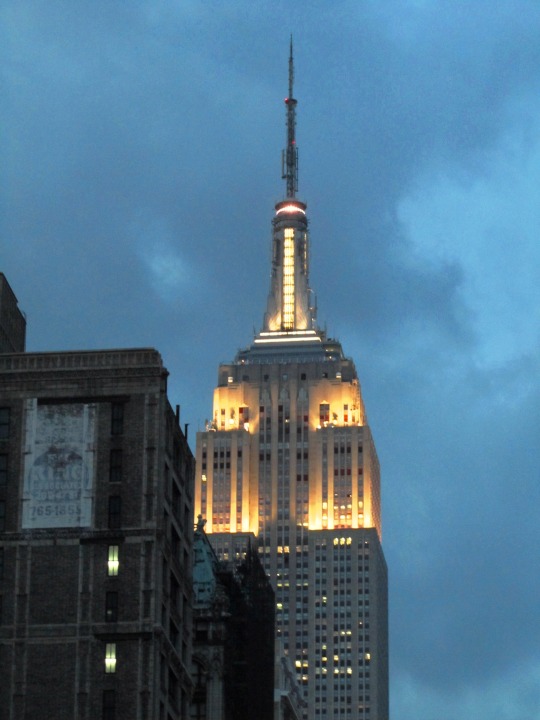
The Empire State Building opened on May 1, 1931.
#Empire State Building#opened#1 May 1931#anniversary#US history#Art Deco#original photography#summer 2018#2019#reflection#skyscraper#Shreve Lamb and Harmon#exterior#tourist attraction#landmark#cityscape#architecture#350 Fifth Avenue#Salesforce Tower#Marble Collegiate Church#Manhattan Bridge#Midtown Manhattan#New York City#2013#skyline#travel#vacation#USA
3 notes
·
View notes
Text

for context, the statue of liberty is 93 meters
polyhedron (patho2) is 231 meters tall
#empire state's 381 but I feel that's less visualizable#stamatin stamatin and kaina have nothing on shreve lamb and harmon... Yet#buildings#the polyhedron
437 notes
·
View notes
Text
Empire State Building, New York City: The Empire State Building is a 102-story Art Deco skyscraper in the Midtown South neighborhood of Manhattan in New York City. The building was designed by Shreve, Lamb & Harmon and built from 1930 to 1931. Its name is derived from "Empire State", the nickname of the state of New York. Wikipedia
200 notes
·
View notes
Text

The art deco lobby of the Empire State Building, designed by Shreve, Lamb, and Harmon in 1931, showcases zigzag marble floors and walls, a true masterpiece in NYC.
188 notes
·
View notes
Photo

100 Most Fascinating Facts About the Empire State Building
The Empire State Building, located in the heart of Manhattan, New York City, is an iconic skyscraper and one of the most famous landmarks in the world.
Construction of the Empire State Building began on March 17, 1930, and was completed in just 410 days, opening its doors to the public on May 1, 1931.
Standing at a staggering height of 1,454 feet (443.2 meters), including its antenna, the Empire State Building was the tallest building in the world when it was completed. It held this title for nearly 40 years until the completion of the World Trade Center's North Tower in 1970.
The Empire State Building has 102 floors, with 86 of them being used for office space, and it houses numerous businesses and organizations.
The building was designed by architect William F. Lamb, who worked for the architectural firm Shreve, Lamb & Harmon Associates. The design was inspired by the Art Deco style, which was prevalent in the 1930s.
It cost approximately $40 million to build the Empire State Building, which would be equivalent to over $700 million in today's money when adjusted for inflation.
The building's construction was completed during the Great Depression, and it was often referred to as the "Empty State Building" during its early years due to the difficulty of finding tenants for the office spaces.
To finance the construction, the Empire State Building was funded by a group of wealthy investors, including John J. Raskob, a financier and businessman.
The building's exterior is clad in Indiana limestone and granite, giving it a distinctive and elegant appearance.
The Empire State Building's famous Art Deco spire was originally intended to serve as a mooring mast for dirigibles, but the idea was quickly abandoned due to safety concerns and strong winds at such heights.
The building's construction progressed at a remarkable rate of four and a half stories per week, an unprecedented speed for that time.
During the construction, five workers tragically lost their lives, and they are honored with a memorial plaque inside the building.
The Empire State Building has a total of 73 elevators, including service elevators, and it takes just 45 seconds to reach the 86th-floor observatory from the ground floor.
The building's 86th-floor observatory offers breathtaking panoramic views of New York City and has been visited by millions of tourists from around the world.
Notable visitors to the Empire State Building include several world leaders, celebrities, and even fictional characters like King Kong in the classic 1933 film.
The Empire State Building was the location of several daredevil stunts and record-breaking feats, including the famous race to the top between a man and an elevator.
The building's official lighting system can be programmed to display various colors and patterns during different events and celebrations, making it a striking presence in the New York City skyline.
Every year, on Independence Day, the Empire State Building participates in the Macy's Fourth of July Fireworks display, illuminating the night sky with a colorful show.
In 1964, the Empire State Building was designated as a National Historic Landmark, recognizing its cultural and historical significance.
The building's observatories are open to the public year-round, and they are especially popular during the annual Empire State Building Run-Up event, where participants race up the stairs to the 86th floor.
The iconic scene from the movie "Sleepless in Seattle," where Tom Hanks and Meg Ryan meet on the observation deck, has become a quintessential romantic movie moment.
The Empire State Building has been featured in numerous movies, TV shows, and music videos, cementing its status as a symbol of New York City and an emblem of urban life.
On a clear day, visitors to the observatory can see up to five states: New York, New Jersey, Pennsylvania, Connecticut, and Massachusetts.
The building has experienced several incidents of lightning strikes, but its construction materials safely disperse the electrical charge, keeping it relatively safe during storms.
The Empire State Building's Art Deco lobby is adorned with beautiful murals and decorative elements, transporting visitors back to the glamour of the 1930s.
A famous photograph called "Lunch Atop a Skyscraper" was taken during the construction of the building, showing construction workers casually sitting on a steel beam high above the city.
The Empire State Building has appeared in various video games, becoming a recognizable virtual landmark in games set in New York City.
The building's famous spire has undergone several alterations and changes over the years, including the addition of a television broadcasting antenna.
An observation deck is located on the 102nd floor, offering an even higher vantage point for those willing to climb a few more flights of stairs.
During the annual Empire State Building Run-Up, the fastest recorded time for ascending to the 86th floor is just under 10 minutes.
The building's exterior lights are often coordinated to support important causes, such as lighting up in specific colors to raise awareness for charitable events and holidays.
The Empire State Building's lobby houses a scale model of the building, offering visitors a close-up look at its architectural features and design.
The Empire State Building's design and construction techniques were considered innovative for their time, and many of its principles have influenced the development of future skyscrapers.
The building's façade features intricate stone carvings, depicting various animals and mythological creatures, adding a touch of artistry to its exterior.
The Empire State Building was the first building to have more than 100 floors, making it a true marvel of engineering and architectural achievement.
The building's steel frame weighs around 57,000 tons, and the total weight of the building, including its contents, is estimated to be over 365,000 tons.
In 1945, a B-25 bomber crashed into the Empire State Building's 79th floor in dense fog, resulting in 14 fatalities and significant damage to the building.
The Empire State Building's architecture has served as inspiration for various skyscrapers and buildings around the world.
The building's height, including its antenna, is precisely 1,454 feet and 8 9/16 inches (443.2 meters), making it an engineering marvel to achieve such precision during the 1930s.
The Empire State Building has been featured in numerous songs, poems, and works of literature, cementing its status as a symbol of ambition, progress, and the American Dream.
The building's main lobby features a stunning ceiling mural titled "American Progress" by artist Roy Sparkia, depicting the rise of New York City.
A bronze plaque on the ground floor commemorates the visit of President Franklin D. Roosevelt, who turned on the building's lights with a push of a button on May 1, 1931.
The Empire State Building was the location of a unique event in 1951 when Kathryn Johnston became the first woman to be married on the building's observatory.
In 1980, the exterior of the Empire State Building was designated as a city landmark, ensuring its preservation for future generations.
The Empire State Building's prominence as a symbol of American industrial prowess and architectural excellence was further solidified by its inclusion in the Great Seal of New York City.
The building has been featured on several postage stamps issued by the United States Postal Service, further showcasing its iconic status.
The Empire State Building played a significant role in numerous movie plots, and its imposing presence has served as a backdrop for memorable cinematic moments.
The building's immense height allows it to be visible from various points across New York City, making it a guiding landmark for many residents and tourists.
The Empire State Building was depicted in the 1983 video game "King Kong," where players climbed the building to rescue the titular character.
The building's observation decks have hosted numerous special events, including weddings, proposals, and even a high-wire walk by daredevil Philippe Petit in 1974.
The Empire State Building is an energy-efficient building, and it has earned a Leadership in Energy and Environmental Design (LEED) Gold certification for its sustainability practices.
The annual Empire State Building Run-Up attracts participants from around the world, with many athletes and fitness enthusiasts challenging themselves to conquer the stairs.
The building's 86th-floor outdoor observatory has been featured in movies like "An Affair to Remember" and "Sleepless in Seattle" as a place where couples can share special moments and breathtaking views.
The building's observation decks have been the setting for several world records, including the highest concert and the highest-flying paper airplane launch.
On a windy day, the Empire State Building sways gently, and the topmost floors can sway up to several feet due to its flexibility and structural design.
The Empire State Building has appeared in numerous comic books and graphic novels, often serving as a backdrop for superhero battles and epic showdowns.
The building's observatories are equipped with high-powered binoculars to allow visitors to get a closer look at various landmarks and attractions across the city.
The Empire State Building has been featured in various virtual reality experiences, allowing people from around the world to explore its heights without leaving their homes.
The Empire State Building's façade lighting is often used to commemorate special occasions, such as holidays, national events, and philanthropic initiatives.
During the Christmas season, the Empire State Building is illuminated with festive colors, and a large Christmas tree is displayed in the lobby.
The building's observatories are open until midnight, offering visitors a chance to experience the stunning nighttime views of the city that never sleeps.
The Empire State Building's central location in Midtown Manhattan makes it a convenient starting point for tourists exploring the city's many attractions.
The Empire State Building has been featured in video games like "Grand Theft Auto IV" and "Crysis 2," allowing gamers to interact with a virtual representation of the iconic structure.
On a clear night, the Empire State Building's lights can be seen from miles away, creating a mesmerizing sight in the New York City skyline.
The building's annual lighting of the tower in blue on April 15th marks the start of Autism Awareness Month, showing its support for autism-related initiatives.
The Empire State Building has been depicted in countless postcards, souvenirs, and artworks, becoming an emblem of New York City's skyline.
The building's iconic mast and tower were originally intended to serve as docking points for airships, but advancements in aviation technology rendered this idea impractical.
In 1947, a United States Army Air Force B-25 Mitchell bomber successfully made a round-trip flight between New York City and Bermuda, proving the feasibility of commercial transatlantic flights.
The Empire State Building was featured in the climactic battle scene of the 2012 film "The Avengers," where the superheroes fought off an alien invasion from the top of the building.
The Empire State Building has appeared in numerous disaster movies, where it is often destroyed or damaged by earthquakes, tidal waves, and alien invasions.
The building's observatories offer a clear view of the Statue of Liberty, Ellis Island, Central Park, and other iconic New York City landmarks.
The Empire State Building's interior spaces have been used as sets for various film and TV productions, including commercials, documentaries, and music videos.
On special occasions, the Empire State Building's lights synchronize with music, creating stunning light shows visible from various vantage points around the city.
The building has served as a popular backdrop for fashion shoots, with models posing on its observation decks or in front of its grand entrance.
The Empire State Building was the tallest building in the world when it was featured in the classic 1933 film "King Kong," where the giant ape climbed to the top.
The building's annual Empire State Building Run-Up attracts participants from various backgrounds, including professional athletes, firefighters, and fitness enthusiasts.
The Empire State Building has been a popular destination for marriage proposals, with its breathtaking views providing a romantic setting for couples in love.
The building's observation decks have hosted a variety of events, including live music performances, book signings, and art exhibitions.
The Empire State Building's design incorporates setbacks, creating a distinctive and recognizable silhouette on the Manhattan skyline.
The Empire State Building has been featured in numerous post-apocalyptic movies, symbolizing the endurance of human architecture in the face of catastrophe.
The building's height makes it an ideal location for various telecommunication antennas, broadcasting radio, television, and mobile signals to the city.
The Empire State Building is lit up in blue and white in honor of the annual International Day of Peace on September 21st, promoting global harmony.
The building's interior lobby and halls have appeared in several period dramas and historical movies, evoking the elegance of the Art Deco era.
In 1994, a Norwegian base jumper successfully parachuted from the top of the building, landing safely on the streets of Manhattan.
The Empire State Building has served as a focal point in various New Year's Eve celebrations, with its lighting being an integral part of the festivities.
The Empire State Building has been used in art installations and performance pieces, exploring themes of urbanization, identity, and human experience.
The building's observation decks have been visited by numerous celebrities and dignitaries, from movie stars to political leaders from around the world.
The Empire State Building's Art Deco style has inspired interior designs, fashion trends, and architectural elements in buildings worldwide.
The Empire State Building has been depicted in animated movies and TV shows, capturing the imaginations of younger generations.
The building's grand entrance features exquisite decorative bronze doors, with intricate reliefs and ornamental details.
The Empire State Building has been featured in numerous books and documentaries that explore its history, engineering, and cultural significance.
The building has been the subject of various art projects, including paintings, sculptures, and installations, showcasing its allure as an artistic muse.
The Empire State Building has served as a symbol of resilience, representing New York City's ability to recover and rebuild after the tragic events of September 11, 2001.
The building's observatories have been visited by prominent figures in history, including Queen Elizabeth II, Princess Diana, and the astronaut Neil Armstrong.
The Empire State Building's annual Halloween lighting event sees the top of the building bathed in orange and other eerie colors, adding a spooky touch to the city's skyline.
The building's observatories have been used to conduct scientific research, such as atmospheric studies and meteorological observations.
The Empire State Building was featured in the 2005 film "King Kong," where the giant ape climbed to the top once again in a modern retelling of the classic story.
The building's exterior and observatories have been a popular filming location for various TV shows, commercials, and music videos.
The Empire State Building has been featured in the backdrop of countless wedding photographs, becoming an iconic symbol of love and commitment.
As one of the most recognizable buildings in the world, the Empire State Building continues to be a symbol of human achievement, architectural excellence, and the spirit of New York City. Its enduring appeal and timeless beauty ensure its place in history for generations to come.
#Empire State Building#New York City#new york#newyork#New-York#nyc#NY#Manhattan#urban#city#USA#United States#buildings#travel#journey#outdoors#street#architecture
685 notes
·
View notes
Text

July 14, 1941: Vladeck Houses, view from Madison and Scammel Streets, New York City. W.F.R. Ballard; Sylvan Bien; Shreve, Lamb & Harmon, architects. By Gottscho-Schleisner.
12 notes
·
View notes
Text
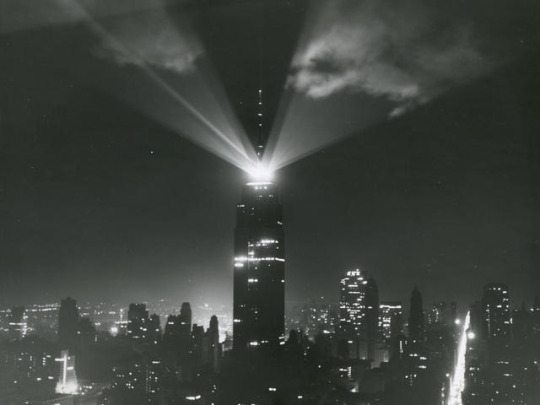
Empire State Building beacons Shreve, Lamb and Harmon New York, USA, 1931
3 notes
·
View notes
Text
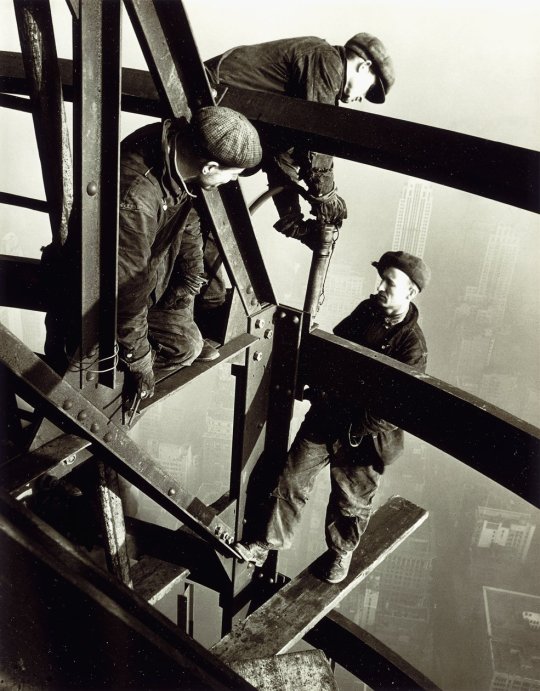
Empire State Building, New York Shreve, Lamb and Harmon 1930s Lewis Wickes Hine
19 notes
·
View notes
Text
Iconic Landmarks of New York City
The Empire State Building is a timeless icon in New York City's skyline. Completed in 1931, this Art Deco masterpiece was designed by Shreve, Lamb & Harmon. Its sleek lines and towering height once made it the tallest building in the world. Visitors flock to its observation decks on the 86th and 102nd floors for breathtaking city views. The building's architectural elegance and historical significance make it a must-see for anyone visiting New York.
Beyond its structural beauty, the Empire State Building has cemented its place in pop culture. It has been featured in numerous films and television shows, further enhancing its legendary status. At night, the building's lights create a stunning display, often themed to celebrate various events and causes, symbolizing the vibrant spirit of New York City.
The Statue of Liberty
A symbol of freedom and democracy, the Statue of Liberty is one of the most recognizable landmarks in the world. Gifted by France to the United States and designed by Frédéric Auguste Bartholdi, the statue was dedicated in 1886. Located on Liberty Island, it welcomes visitors with its powerful message of hope and liberty. The statue's full name, "Liberty Enlightening the World," reflects its purpose as a beacon for immigrants arriving in America.
The Statue of Liberty is rich in symbolism, from her torch representing enlightenment to the broken shackles at her feet signifying the end of oppression. Visitors can tour the pedestal and climb to the crown, enjoying panoramic views of New York Harbor. This landmark remains a profound emblem of the American ideals of freedom and opportunity.
One World Trade Center
One World Trade Center, or the Freedom Tower, is a striking symbol of resilience and renewal. Rising from the original World Trade Center site, it stands at 1,776 feet, making it the tallest building in the Western Hemisphere. Designed by David Childs, the building embodies strength and innovation, featuring advanced safety measures and sustainable technologies.
The One World Observatory on the 100th to 102nd floors offers an immersive experience with stunning 360-degree city views. This architectural marvel not only honors the memory of those lost in the September 11 attacks but also represents the enduring spirit of New York City and its commitment to rebuilding and moving forward.
The Chrysler Building
The Chrysler Building is a quintessential example of Art Deco architecture. Completed in 1930 and designed by William Van Alen, it was briefly the tallest building in the world before being surpassed by the Empire State Building. Its distinctive features, such as the gleaming stainless steel crown and the automotive-themed ornamentation, make it a standout in the city's skyline.
The interior of the Chrysler Building is equally impressive, with a grand lobby adorned in marble and a ceiling mural celebrating modern industry. Despite its age, the building remains a cherished piece of New York's architectural heritage, admired for its elegance and unique design elements.
Rockefeller Center
Rockefeller Center is a vast complex of commercial buildings in Midtown Manhattan, developed during the Great Depression. The 30 Rockefeller Plaza centerpiece is renowned for its Art Deco design and the famous ice-skating rink. The complex, created by the Rockefeller family, provided much-needed jobs and an economic boost during a challenging time.
Radio City Music Hall, part of Rockefeller Center, is a historic venue known for its stunning interiors and legendary performances. The Top of the Rock observation deck offers visitors panoramic views of the city, including a direct sightline to the Empire State Building, making it a favorite tourist destination.
The Flatiron Building
The Flatiron Building, with its unique triangular shape, is one of New York City's oldest and most photographed buildings. Completed in 1902 and designed by Daniel Burnham, it fits perfectly into the wedge-shaped plot at the intersection of Fifth Avenue and Broadway. Its distinctive form and Beaux-Arts styling have made it an enduring symbol of New York's architectural innovation.
Despite its age, the Flatiron Building remains a functional office space with uniquely shaped rooms and hallways due to its narrow structure. Its ground floor often hosts retail spaces, adding to its urban charm. The Flatiron's lasting popularity is a testament to its innovative design and historical importance.
The Brooklyn Bridge
The Brooklyn Bridge is a marvel of 19th-century engineering connecting Manhattan and Brooklyn. Completed in 1883, it was the longest suspension bridge in the world. Designed by John A. Roebling and completed by his son Washington Roebling, the bridge's construction overcame numerous challenges, including the death of John Roebling and Washington Roebling's debilitating injury.
The bridge's Gothic-style towers and intricate cable system make it a striking architectural feat. Walking across the Brooklyn Bridge offers spectacular views of the Manhattan skyline and the East River. It stands as a symbol of innovation and perseverance, continuing to serve millions of pedestrians and vehicles each year.
The Guggenheim Museum
The Solomon R. Guggenheim Museum, designed by Frank Lloyd Wright, is a modern architectural masterpiece. Opened in 1959, its unique spiral design contrasts with the traditional grid of New York City's streets. A continuous ramp spirals upward, allowing visitors to experience art in a dynamic and fluid environment.
The Guggenheim's contemporary and modern art collection is world-renowned, featuring works by artists like Picasso, Kandinsky, and Pollock. The building is considered a work of art, attracting architecture enthusiasts and art lovers. Its innovative design has set a benchmark for museum architecture globally.
0 notes
Text

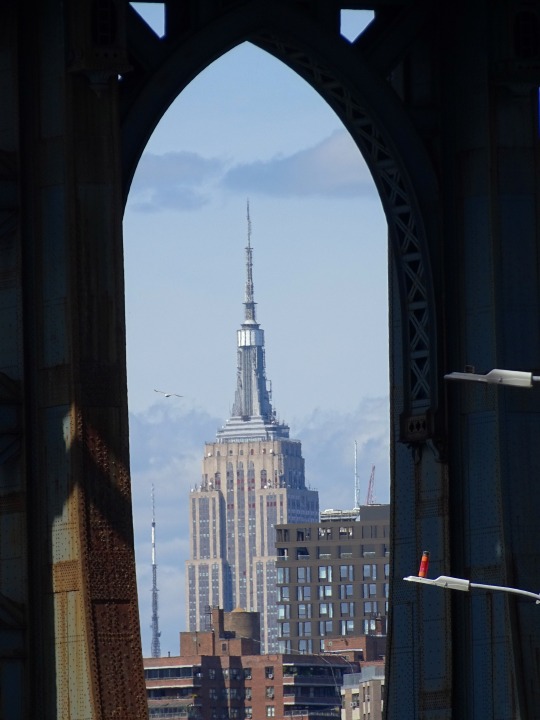


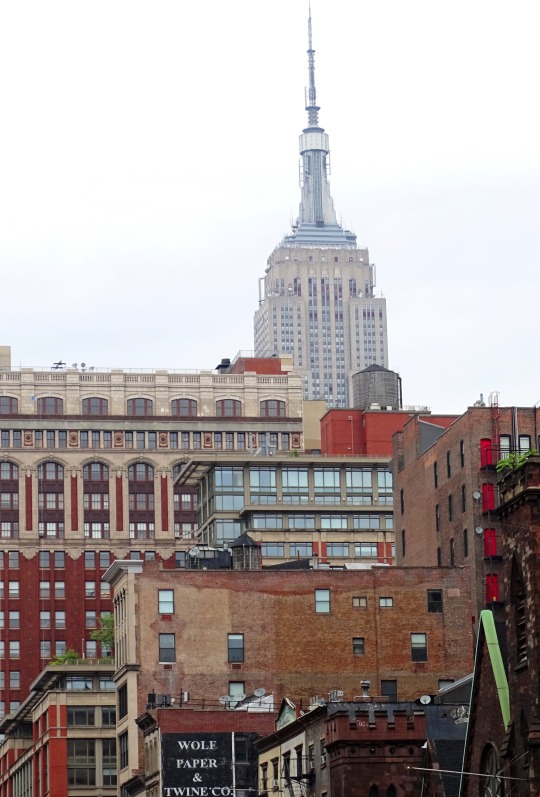

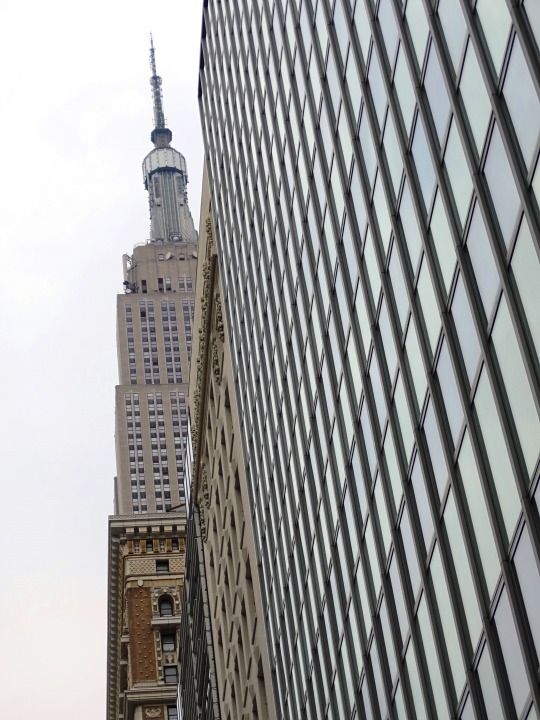




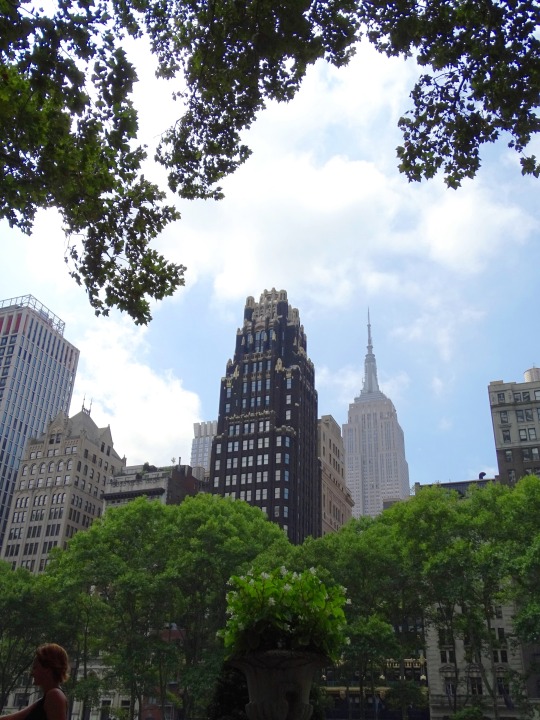
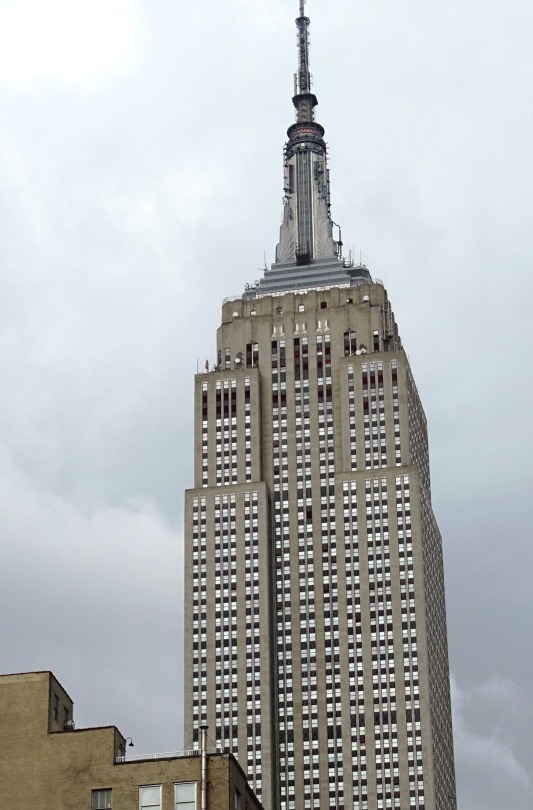

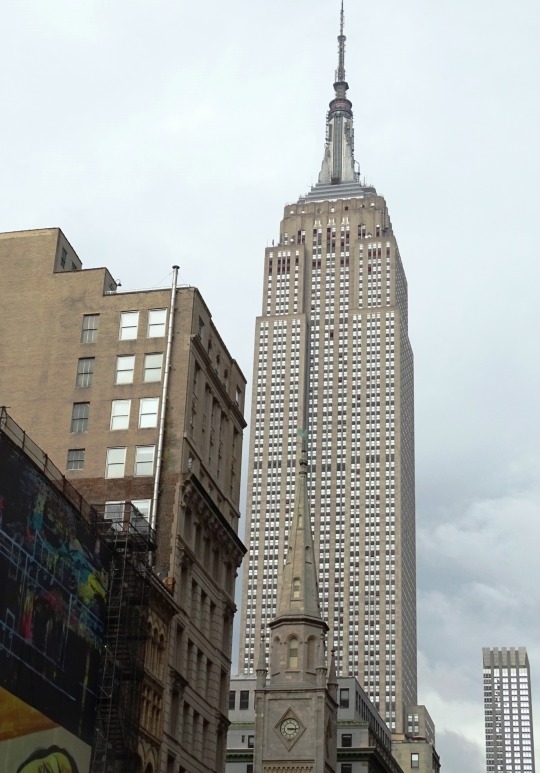

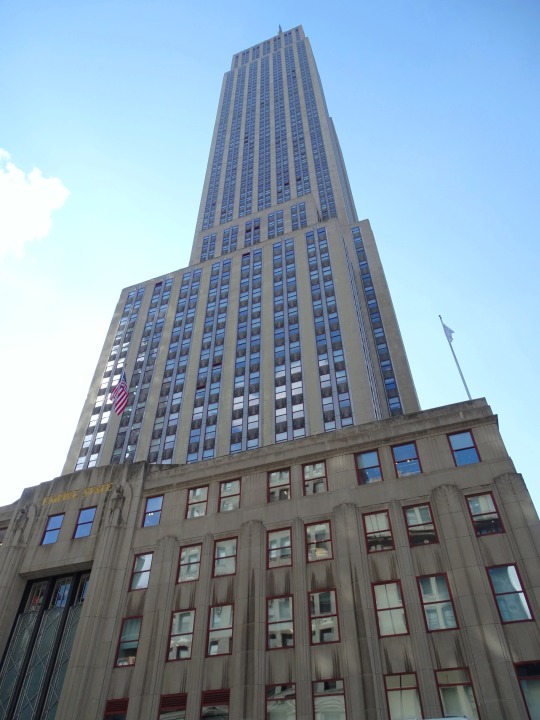
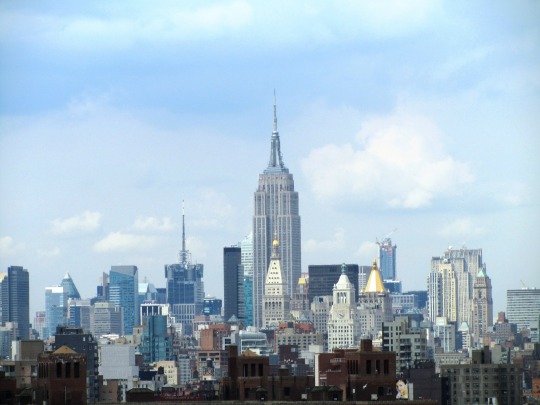



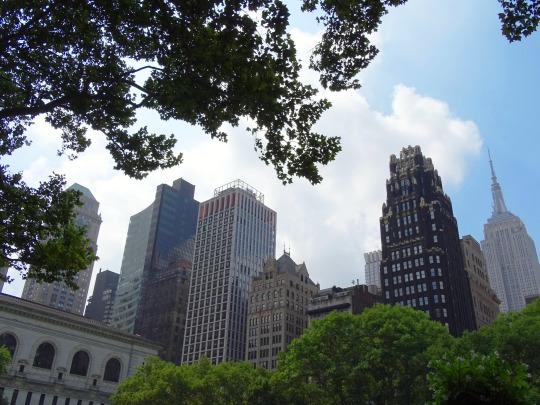
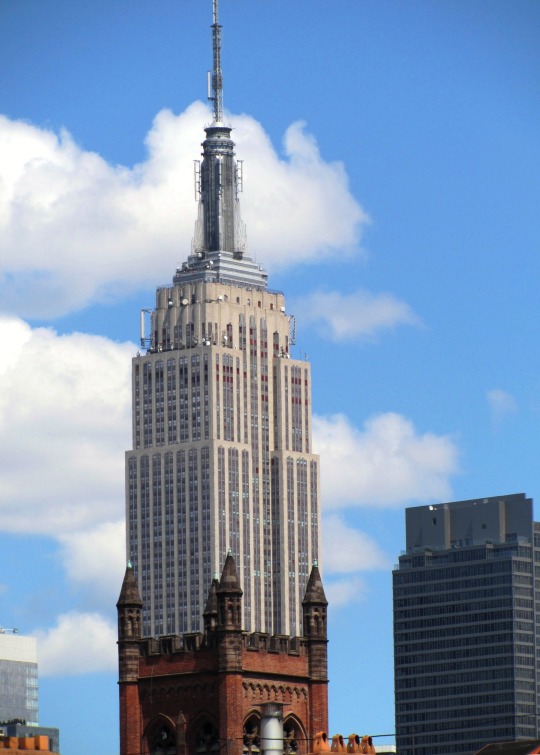
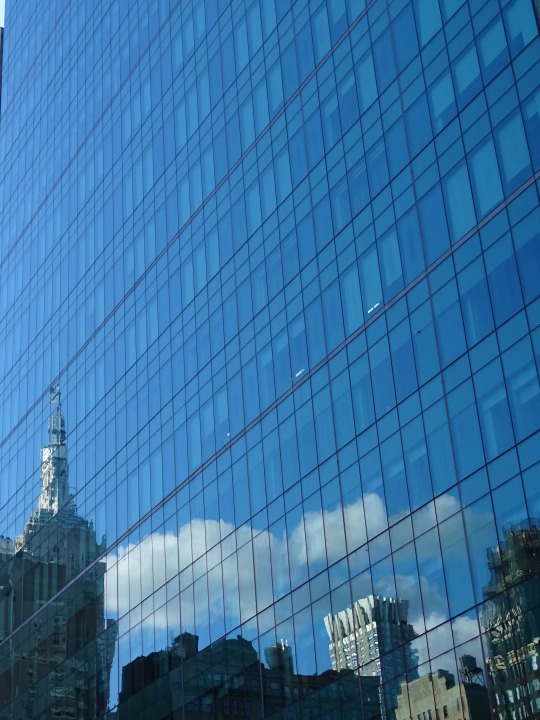


The construction of the Empire State Building started on March 17, 1930.
#Salesforce Tower#summer 2019#2018#original photography#architecture#Art Deco#350 Fifth Avenue#5th Avenue#Midtown Manhattan#New York City#Shreve Lamb and Harmon#American Radiator Building#Bryant Park#cityscape#tourist attraction#landmark#exterior#construction#started#Empire State Building#17 March 1930#anniversary#US history#skyline#2013#Manhattan Bridge#Brooklyn#DUMBO#travel#vacation
5 notes
·
View notes
Text
New York’s Crown Jewel: Visiting the Empire State Building

The Empire State Building, an iconic symbol of New York City, stands as a testament to human ambition and architectural prowess. Completed in 1931, this towering structure has captured the imagination of millions, making it a must-see destination for visitors worldwide.
History of the Empire State Building
The Empire State Building's history is rooted in the competitive spirit of the 1920s, a time known for the race to construct the world's tallest building. Designed by architects Shreve, Lamb & Harmon, the project broke ground in 1930. Astonishingly, the building was completed in just over a year, opening its doors on May 1, 1931.
This remarkable feat was achieved despite the Great Depression, showcasing resilience and determination. Originally conceived as a business hub, the building quickly became a cultural icon, appearing in countless films and photographs.

Architectural Marvel
Standing at 1,454 feet tall, including its antenna, the Empire State Building was the tallest building in the world until 1971. Its design, characterized by Art Deco style, features a sleek, symmetrical structure with setbacks that enhance its vertical lines. The limestone facade and aluminum spire add to its elegance, making it a timeless piece of architecture.
Places to Explore
Observatories
The Empire State Building offers two main observatories:

86th Floor Observatory: This open-air deck provides unparalleled 360-degree views of New York City. Visitors can spot iconic landmarks such as Central Park, the Statue of Liberty, and the Brooklyn Bridge. Telescopes are available for a closer look, and informative plaques highlight points of interest.
102nd Floor Observatory: For those seeking an even higher perspective, the enclosed observatory on the 102nd floor offers sweeping panoramic views. Recently renovated, this space provides a luxurious experience with floor-to-ceiling windows.
Interactive Exhibits
The "Dare to Dream" Exhibit: Located on the 80th floor, this exhibit delves into the construction history of the building. It showcases original documents, photographs, and architectural sketches that bring the building’s story to life.
Sustainability Exhibit: Highlighting the Empire State Building’s commitment to eco-friendly practices, this exhibit details the innovative efforts taken to reduce energy consumption and enhance sustainability.

Art Deco Lobby
The ground-floor lobby is a masterpiece of Art Deco design. With its stunning ceiling murals, bronze medallions, and marble accents, the lobby is a work of art. Visitors can also admire the restored features that reflect the building’s historical significance.
Best Time to Visit
The Empire State Building is open year-round, but the best time to visit depends on your preferences. Early mornings or late evenings tend to be less crowded, allowing for a more relaxed experience. Visiting during sunset provides a spectacular view as the city transitions from day to night, with twinkling lights enhancing the skyline.
Tips for Visiting
Buy Tickets in Advance: To avoid long lines, purchase tickets online ahead of time.
Dress Comfortably: The observatories can be breezy, so dress accordingly.
Plan Your Visit: Allocate at least two hours to fully enjoy the exhibits and views. If you are not a native New Yorker, keep a time zone converter handy to get the NYC timezone while planning your trip.
Photography: Don't forget your camera for capturing unforgettable moments.
Conclusion
The Empire State Building is more than just a skyscraper; it's a symbol of innovation, resilience, and the spirit of New York City. Whether you're marveling at its architectural beauty, exploring its rich history, or soaking in the breathtaking views, a visit to this iconic landmark is an unforgettable experience. Plan your visit carefully to maximize your time at this iconic institution, and you'll leave with a greater understanding for the beauty and intricacy of human invention.
0 notes
Text

Empire State Building, Manhattan, New York: The Empire State Building is a 102-story Art Deco skyscraper in the Midtown South neighborhood of Manhattan in New York City. The building was designed by Shreve, Lamb & Harmon and built from 1930 to 1931. Its name is derived from "Empire State", the nickname of the state of New York. Wikipedia
108 notes
·
View notes
Text
Empire State Building: A Monument to Progress

When one thinks of iconic landmarks in the United States, the Empire State Building undoubtedly comes to mind. Standing tall in the heart of New York City, this architectural marvel is not just a building; it's a symbol of progress, resilience, and human ingenuity. In this comprehensive guide, we'll delve into the history, design, construction, and enduring legacy of the Empire State Building.
A Brief History
The Visionaries Behind the Dream
The idea of constructing the tallest building in the world emerged during the booming 1920s. Real estate developer John J. Raskob and former New York Governor Alfred E. Smith envisioned a skyscraper that would surpass any other structure, symbolizing the ambition and vitality of New York City.
Construction Amidst Adversity
Despite the economic challenges posed by the Great Depression, construction on the Empire State Building commenced on March 17, 1930. Remarkably, the project was completed in just over a year, a testament to the dedication and efficiency of the workers involved.
Design and Architecture
Art Deco Splendor
The Empire State Building's design is a striking example of Art Deco architecture, characterized by its sleek lines, geometric motifs, and lavish ornamentation. Architect William F. Lamb of the firm Shreve, Lamb & Harmon drew inspiration from various sources, resulting in a timeless masterpiece that continues to captivate admirers worldwide.
Innovative Features
At the time of its completion in 1931, the Empire State Building boasted several groundbreaking features, including its steel frame construction, which provided unprecedented strength and stability. Additionally, the building's distinctive setbacks and spire were designed to maximize natural light and minimize wind resistance, ensuring both functionality and aesthetic appeal.
Enduring Legacy
Cultural Icon and Tourist Attraction
Over the decades, the Empire State Building has become synonymous with the city of New York, attracting millions of visitors each year who flock to its observation decks for breathtaking views of the skyline. It has also been featured prominently in numerous films, television shows, and works of literature, further solidifying its status as a cultural icon.
Symbol of Resilience
Throughout its history, the Empire State Building has endured adversity with grace and resilience. From surviving the challenges of the Great Depression to weathering the aftermath of the September 11 attacks, it stands as a symbol of strength and perseverance in the face of adversity, inspiring hope and resilience in all who behold it.
Conclusion
In conclusion, the Empire State Building stands as more than just a towering skyscraper; it is a testament to the indomitable spirit of human ambition and creativity. From its humble beginnings amidst economic turmoil to its enduring legacy as a global icon, the Empire State Building continues to inspire awe and admiration, reminding us of the boundless possibilities that await those who dare to dream big.
0 notes
Text
ART DECO
I have also another idea for my chess pieces, I love the symmetry, geometrical designs and repeat pattern of the Art Deco period. The Art Deco period during 1910-1930's looked beautiful. The art had classic lines, but looked regal and expensive as gold was used in its design. Everything either had a bright bold colour under the pattern lined with gold or dark rich tones were used with the gold repeating patterns.
This would make my chess set look expensive and aesthetically pleasing to the eye.
The most prominent Art Deco structure is the Empire State Building. The 102 story skyscraper was designed by architects Shreve, Lamb and Harmon. It was a steel frame covered in granite and limestone.






There are art deco chess sets out there but I will have to make mine slightly different but within the designs of the Art Deco period.
0 notes